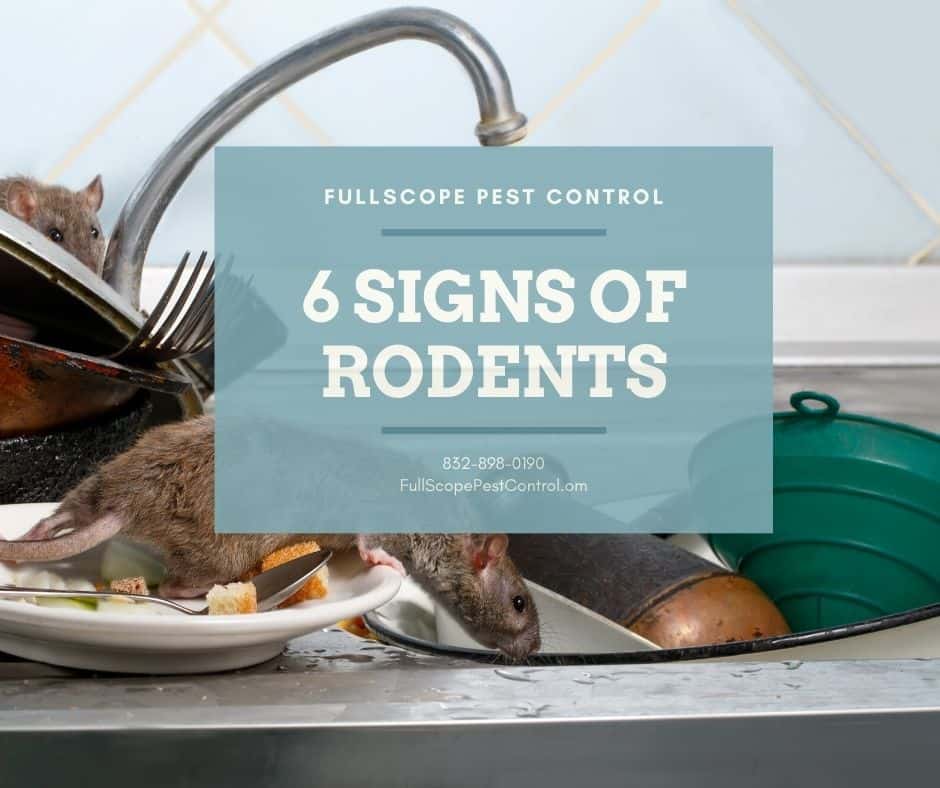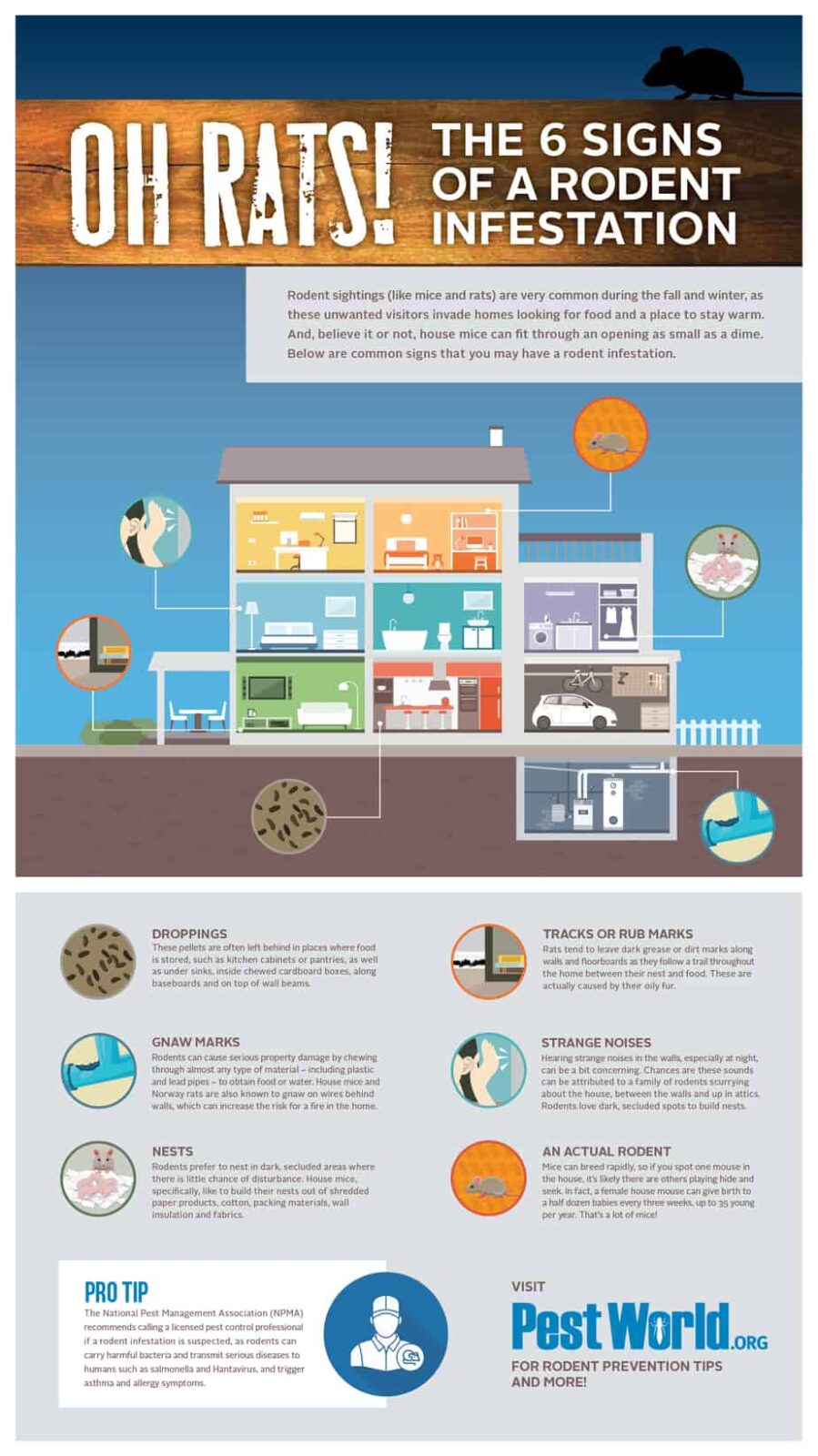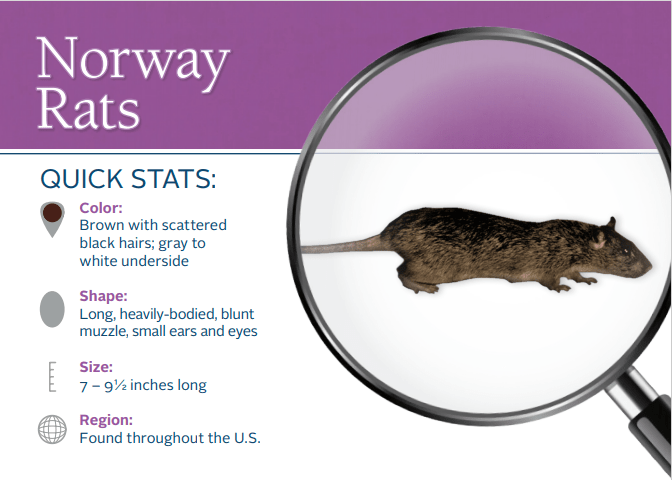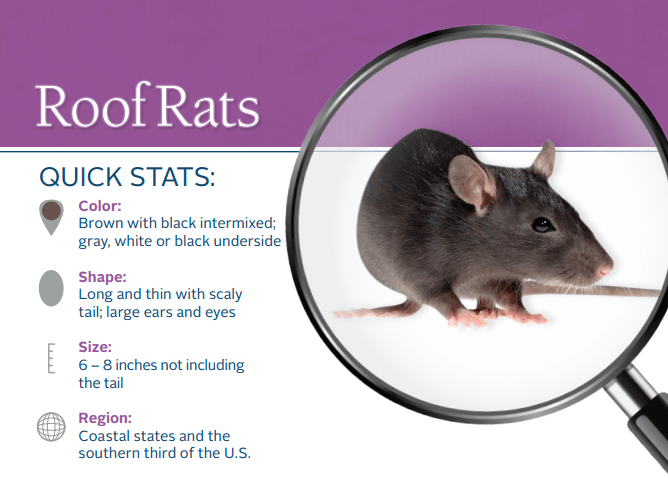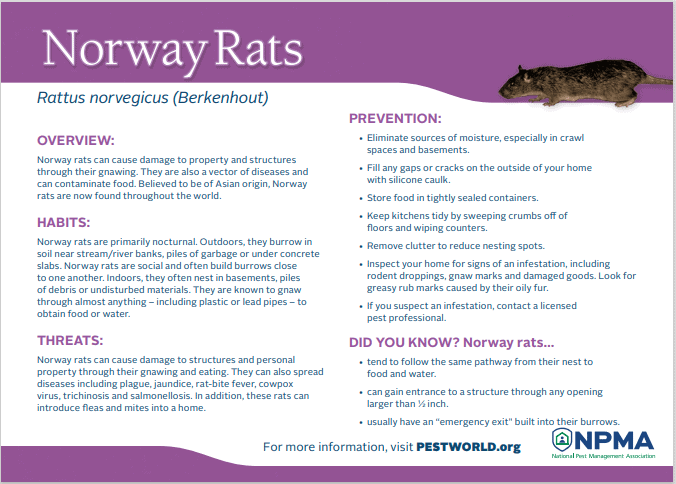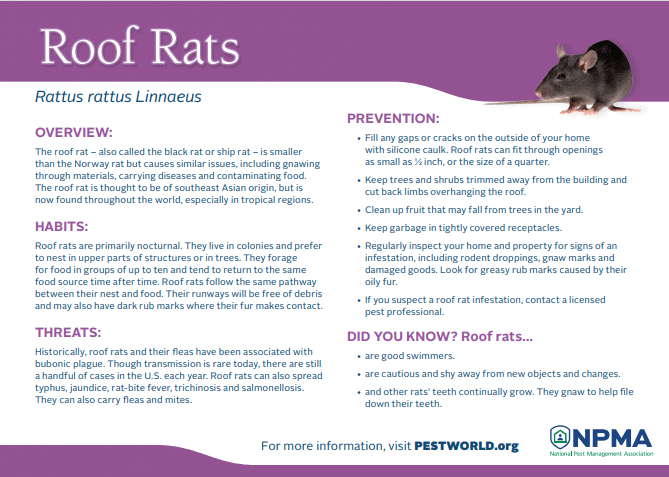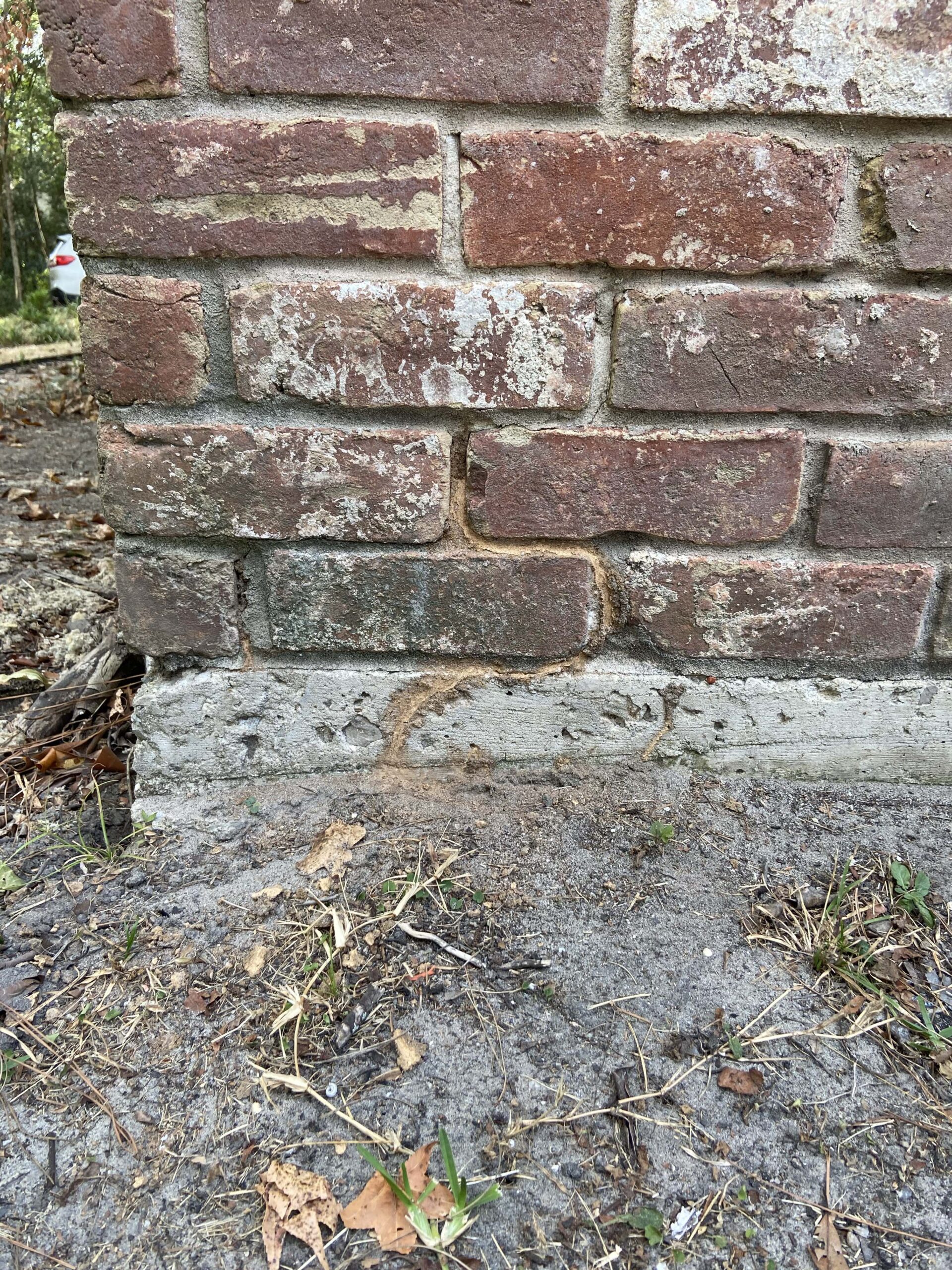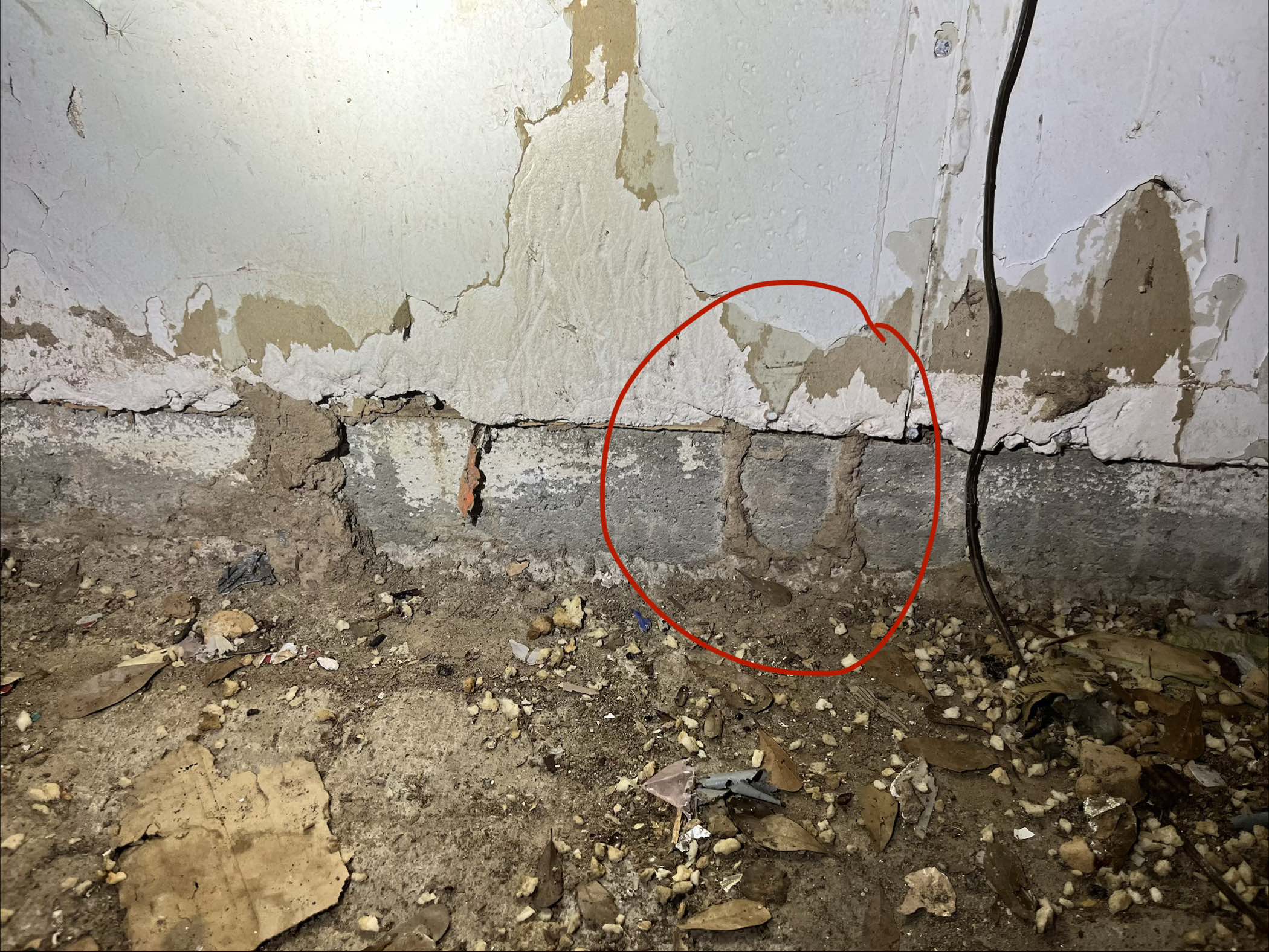Spotted A Mouse or Rat In Your House? Where There’s One, There’s Many…As the Saying Goes.
FullScope Pest Control shares the key signs an infestation may be brooding out of sight
The National Pest Management Association (NPMA) has declared October 20-26 to be Rodent Awareness Week, an annual observance recognized by Chase’s Calendar of Events to promote greater awareness about the threats rodents pose to health and property. A recent online research study conducted between January 2018 and July 2019 by Advanced Symbolics Inc. using a representative sample of 274,500 Americans revealed that rats are America’s biggest pest concern for health and home issues, and that rodents are spotted almost twice as often in bathrooms than in any other area in the home. FullScope Pest is joining NPMA in this important effort by educating homeowners on how to spot the signs of an infestation before it has a chance to take hold.
“Rodents can spread 200 different pathogens and 35 diseases to humans,” said Derek Salazar, owner at FullScope Pest. “While rodents are a problem year-round, they invade an estimated 21 million U.S. homes each fall and winter, making proper identification crucial to preventing an infestation.”
Know Your Enemy: From Your Neighborhood Rat Exterminator
The most common types of rodents to invade our homes in North Houston Area are the Norway Rat and the Roof Rat. Check out more information about their appearance and behavior:
Here is the side by side comparison, we receive tons of call that homeowners have spotted a mouse, and what you are finding is more likely a juvenile rat.
Must Read:HOW TO GET RID OF ANTS FROM YOUR PORTER, TX HOME
Whether we choose to believe this or not, these guys are living amongst us in our suburban lives more than you can ever imagine. With out love of birds and bird seed, the ease of plentiful food sources and harborage areas, these fellows are all around us, scurrying through our yards and along the fence line all night long.
We are here to help, we want to be your choice for all pest related issues and once you call us, you will realize we are not like other pest control companies!
6 Signs You Should Call a Rat Exterminator
To help homeowners spot and stop an infestation before it can take hold, FullScope Pest is sharing the top six signs NPMA warns could mean one is lurking behind the walls:
- Droppings: Fecal pellets are often left behind in places where food is stored, such as the kitchen, cabinets or pantries, as well as under sinks, inside cardboard boxes and along baseboards.
- Gnaw Marks: Rodents can chew through almost any type of material, including plastic and lead pipes, to obtain food or water. House mice and Norway rats are also known to gnaw on wires behind walls, increasing the risk of fire in the home.
- Nest: Rodents prefer to nest in dark, secluded areas where there is little chance of disturbance. House mice like to build nests out of items like shredded paper products, cotton, wall insulation and fabrics.
- Tracks or Rub Marks: Rats tend to leave dark grease or dirt marks from their oily fur along walls and floorboards as they follow a trail throughout the home between their nest and food.
- Strange Noises: Hearing strange noises in the wall, especially at night, can be a bit concerning. Chances are these sounds can be attributed to a family of rodents scurrying about the house, between the walls and up in attics. Rodents love dark, secluded spots to build nests.
- An Actual Rodent: Mice can breed rapidly, so if you spot one, it’s likely there are more. In fact, a female house mouse can give birth to a half dozen babies every three weeks, up to 35 young per year.
If an infestation is suspected, be sure to contact a licensed pest control professional immediately. For more information and prevention tips, Call or Text Today 832.898.0190.
Our normal maintenance pest control regiment includes inspections of the attic, roof lines, and all those possibly entry points that may go unnoticed by you the homeowner. We like to consider our team the eyes on your house, and we are expertly trained to find potentially costly conditions.
The fact is that preventing a rodent infestation is much cheaper than eliminating one. So you might be wondering how much a rodent extermination or exclusion will cost? This is not the easiest thing to answer, because there are tons of variable. How many entry points, what is the estimate population (we can usually determine this by the amount of feces and damage that we find), requirements for trapping, and removal of trapped animals, these all play a factor if our rodent extermination exclusion proposal.
Sometimes what we think is a rat could actually be another type of animal, such as squirrels, and even raccoons. Good reason to call a licensed, insured and experience pest professional out to evaluate your particular situation.

